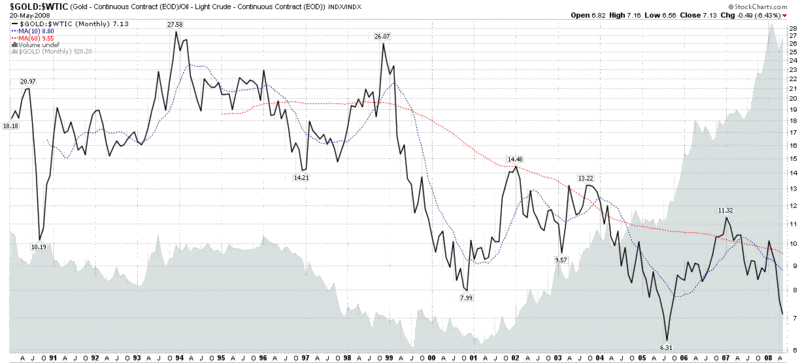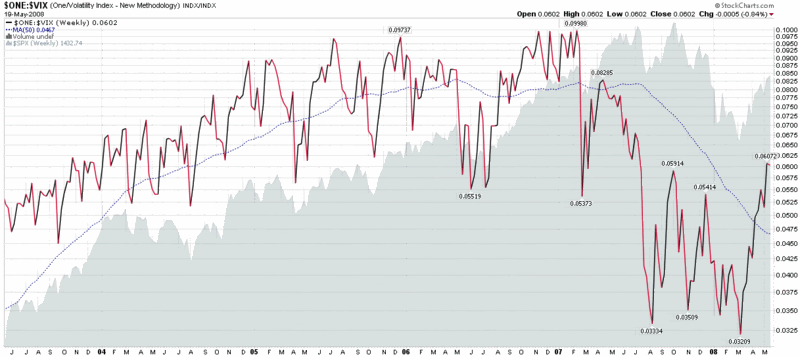Portfolio A1 Performance Update: 5/31/08
Since I continue to receive inquiries about Portfolio A1 as well as my new subscriber newsletter model portfolios, I thought I would provide a snapshot of the portfolios at the end of each month.
The chart below shows the equity curve and some summary statistics for Portfolio A1 since the portfolio (which is equities only, long only) was created on February 16, 2007. During the 15 ½ months since inception, Portfolio A1 has posted a cumulative return (exclusive of dividends) of 19.8%, while the benchmark S&P 500 index has declined 3.8%.


The graphic to the right provides some additional performance details for Portfolio A1 vs. the S&P 500 index over a variety of time frames.
For the record, Portfolio A1’s current holdings include: Mosaic (MOS); TBS International (TBSI); PetroQuest (PQ); World Acceptance (WRLD); and Brasil Telecom Participacoes (BRP). Portfolio A1 also shares some common ancestry and has a stock ranking system that is similar to the VIX and More Focus Aggressive Trader model portfolio – one of the four model portfolios that I update transaction by transaction for newsletter subscribers. At some point later this weekend, I will provide some details about the performance of the subscriber newsletter portfolios.
Finally, I would be remiss in not reiterating that Portfolio A1 was created with tools developed by Portfolio123.com and is managed via Portfolio123.com’s tool set. For more information on Portfolio123.com, please refer to an earlier post on the subject, Portfolio123.com: The Engine Behind Portfolio A1. [For the record, I have no affiliation with Portfolio123.com]




 This is where things get fun.
This is where things get fun.

 There are a lot of important questions about the markets that are being hotly debated as I write this.
There are a lot of important questions about the markets that are being hotly debated as I write this.















